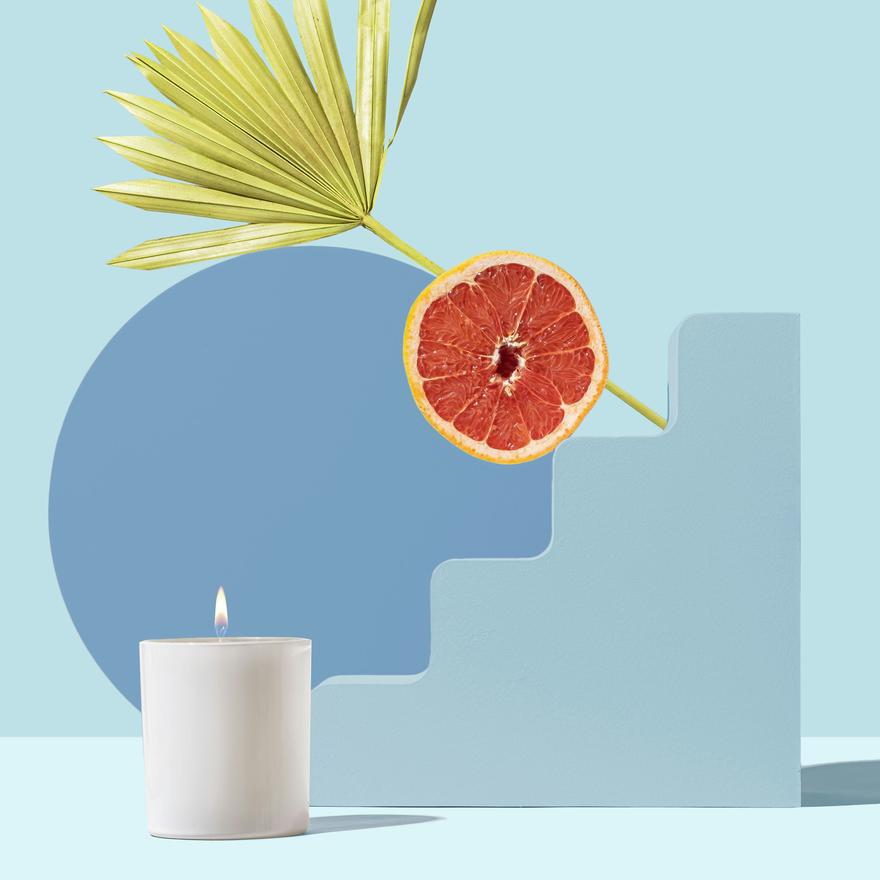Building Better Brains – Designing Coaching Programs that Rewire Habits

Introduction
We know coaching helps clients create better habits—but did you know you can design your entire program to align with how the brain learns and rewires?
Let’s explore how to build brain-based coaching frameworks using the principles of neuroplasticity.
🎯 Why Programs Work Better Than One-Off Sessions
Habit change isn’t instant. The brain needs time, repetition, and structure to solidify new neural patterns.
Coaching programs allow:
- Repetition (neural reinforcement)
- Progress tracking (dopamine boost)
- Safe feedback loops (emotional learning)
- Spaced repetition (long-term memory)
🧠 4 Elements of a Brain-Based Coaching Program
- Clarity of Vision
Neuroplasticity is goal-oriented. Start by helping clients create a vivid vision that excites them. - Action + Reflection
Actions fire new circuits. Reflection strengthens them. Pair every habit with a meaning-making process. - Consistency Over Time
Design 6–12 week journeys. The longer the neural exposure, the more likely new habits stick. - Emotional Safety
Learning is hindered by stress. Create a safe space for experimentation, failure, and growth.
📘 Case Example: Coaching for Habit Change
Imagine a client trying to stop late-night snacking. A brain-based program might include:
- Replacing the trigger (disruption phase)
- Visualizing healthy nighttime rituals (rewiring phase)
- Tracking progress and celebrating wins (reinforcement phase)
- Coaching conversations to reframe emotional eating (emotional integration)
It’s not about control—it’s about creating new defaults in the brain.
💬 What Coaches Need to Remember
Neuroplasticity is not magic—it’s biology. And coaching, when designed well, becomes the delivery system for that biology to work in your clients' favor.
Conclusion
Design your coaching programs to mirror how the brain learns best. You’ll go beyond behavior change into true, embodied transformation.

0 comments
Leave a comment
Please log in or register to post a comment